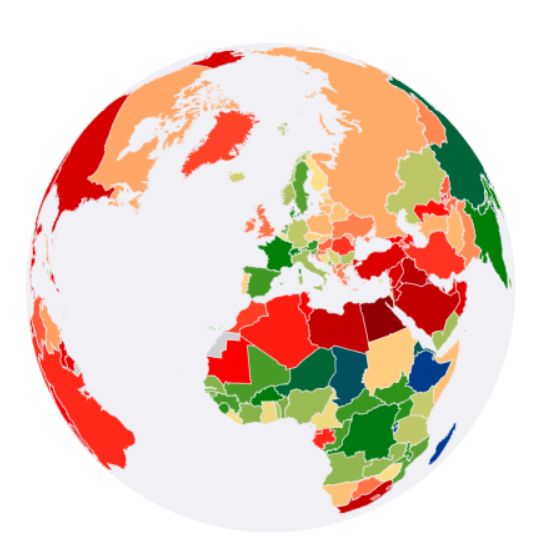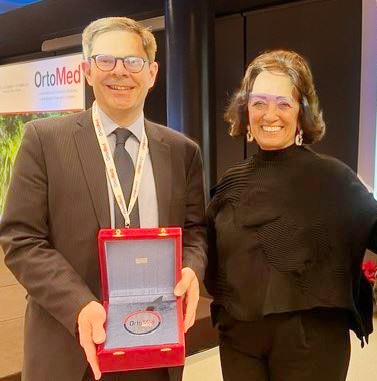[vc_row][vc_column][vc_column_text]Higher rates of severe COVID-19 infections in Black, Asian and Minority Ethnic (BAME) populations are not explained by socioeconomic or behavioral factors, cardiovascular disease risk, or by vitamin D status, according to new research led by investigators at the University of Southampton’s MRC Lifecourse Epidemiology Unit and at Queen Mary University of London.[/vc_column_text][vc_column_text]The findings, published in the Journal of Public Health, suggest that the relationship between COVID-19 infection and ethnicity is complex, and requires more dedicated research to explain the factors driving these patterns.[/vc_column_text][vc_column_text]Growing international reports highlight higher risk of adverse COVID-19 infection in BAME populations. The underlying cause of this ethnicity disease pattern is not known. Variation in cardiovascular disease risk, vitamin D levels, socio-economic, and behavioural factors have been proposed as possible explanations. However, these hypotheses have not been formally studied in existing work.[/vc_column_text][vc_column_text]In the collaboration between Queen Mary University of London and the Medical Research Council Lifecourse Epidemiology Unit at the University of Southampton, investigators used the comprehensive and unique UK Biobank cohort of over half a million people to investigate the role of a range of socioeconomic, biological, and behavioural factors in determining the ethnicity pattern of severe COVID-19. The dataset included 4,510 UK Biobank participants who were tested for COVID-19 in a hospital setting, of whom 1,326 had a positive test result.[/vc_column_text][vc_column_text]The results demonstrate that BAME ethnicity, male sex, higher body mass index, greater material deprivation, and household overcrowding are independent risk factors for COVID-19. The higher rates of severe COVID-19 in BAME populations was not adequately explained by variations in cardiovascular disease risk, vitamin D levels, socio-economic, or behavioural factors, suggesting that other factors not included in the analysis might underlie these differences.[/vc_column_text][/vc_column][/vc_row][vc_row top_margin=”page_margin_top”][vc_column][vc_column_text]Dr Zahra Raisi-Estabragh, BHF Clinical Research Training Fellow at Queen Mary University of London, led the analysis. She said:
“There is increasing concern over the higher rate of poor COVID-19 outcomes in BAME populations. Understanding potential drivers of this relationship is urgently needed to inform public health and research efforts. This work goes some way in addressing some of these pertinent questions”.
[/vc_column_text][/vc_column][/vc_row][vc_row top_margin=”page_margin_top”][vc_column][vc_column_text]Steffen Petersen, Professor of Cardiovascular Medicine at Queen Mary University of London, who supervised the work added:
“The results of this analysis suggest that factors which underlie ethnic differences in COVID-19 may not be easily captured. In addition to assessment of the role of biological considerations such as genetics, approaches which more comprehensively assess the complex economic and sociobehavioural differences should now be a priority.”
[/vc_column_text][/vc_column][/vc_row][vc_row top_margin=”page_margin_top”][vc_column][vc_column_text]Nicholas Harvey, Professor of Rheumatology and Clinical Epidemiology at the MRC Lifecourse Epidemiology Unit, University of Southampton, was a key collaborator in the work. He comments:
“The detailed participant characterisation in the UK Biobank and the rapid linkage of this data with COVID-19 test results from Public Health England permitted consideration of potential importance of a wide range of exposures”.
[/vc_column_text][/vc_column][/vc_row][vc_row top_margin=”page_margin_top”][vc_column][vc_column_text]The work was also supported by the National Institute for Health Research (NIHR) through the Barts Biomedical Research Centre, NIHR Southampton Biomedical Research Centre, and NIHR Oxford Biomedical Research Centre.[/vc_column_text][/vc_column][/vc_row][vc_row top_margin=”page_margin_top”][vc_column][vc_column_text el_class=”reflist”]More information
- Research paper: ‘Greater risk of severe COVID-19 in Black, Asian and Minority Ethnic populations is not explained by cardiometabolic, socioeconomic or behavioural factors, or by 25(OH)-vitamin D status: study of 1326 cases from the UK Biobank’. Zahra Raisi-Estabragh, Celeste McCracken, Mae S. Bethell, Jackie Cooper, Cyrus Cooper, Mark J. Caulfield, Patricia B. Munroe, Nicholas C. Harvey, and Steffen E. Petersen. Journal of Public Health. doi 10.1093/pubmed/fdaa095
[/vc_column_text][/vc_column][/vc_row]








